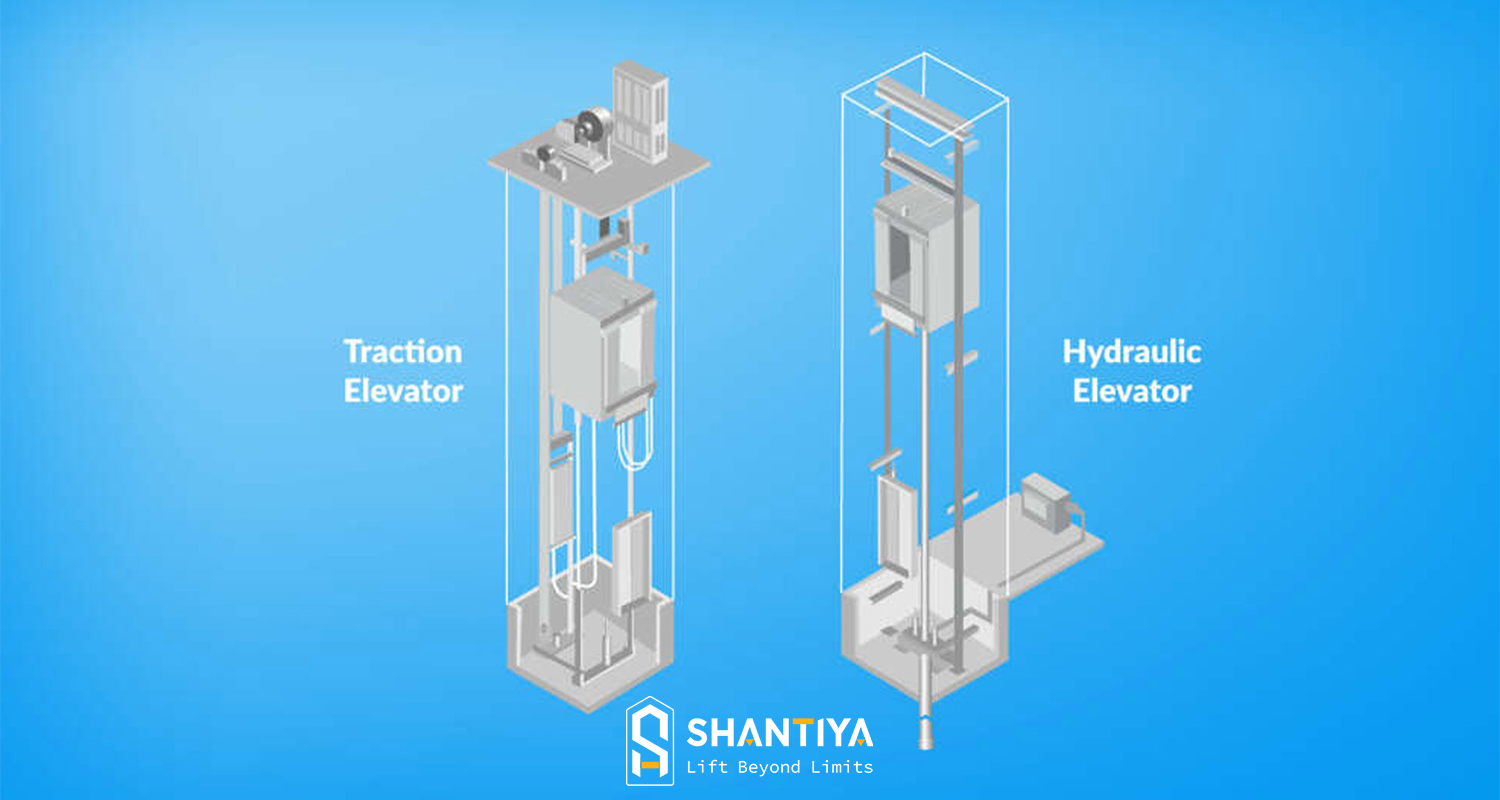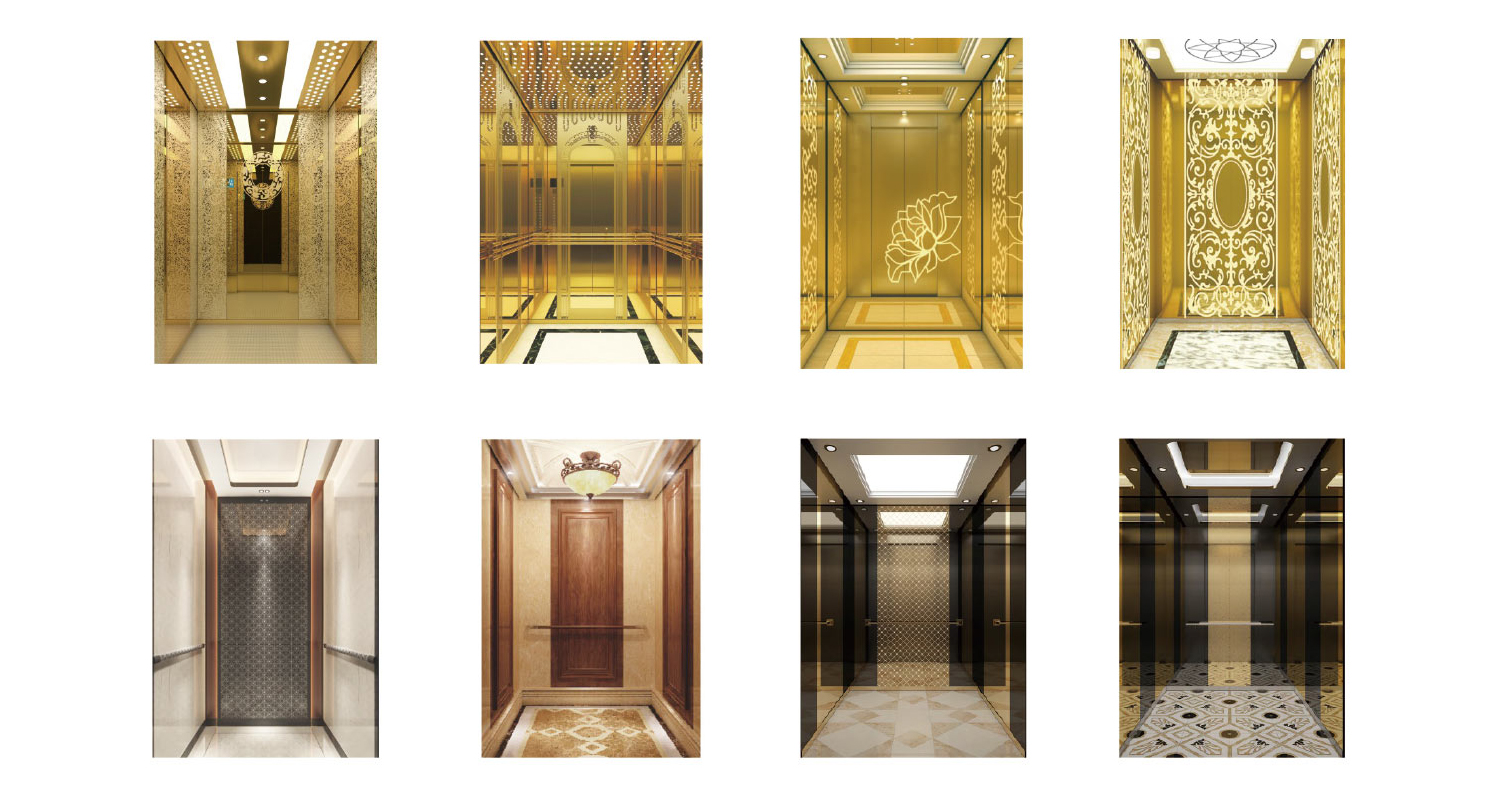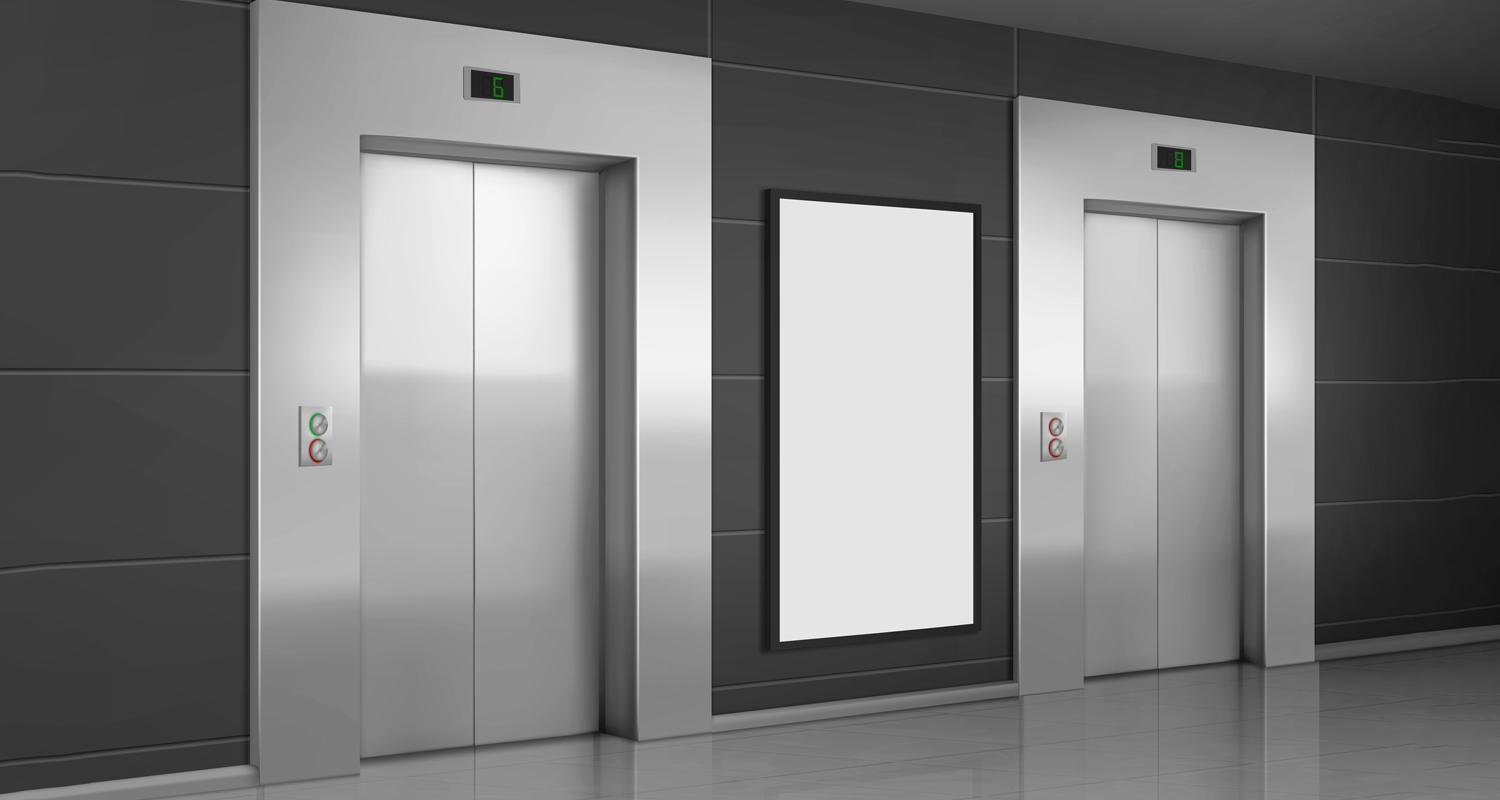Traction vs Hydraulic Elevators: Which One Is the Better Choice?

In today’s world, an elevator is not just a means of vertical transportation; it is a crucial part of a building’s safety, comfort, and value. One of the most common questions when selecting an elevator is the comparison between the two main technologies: Traction Elevators and Hydraulic Elevators.
In this article, experts at Shentia Elevator Company will walk you through the features, advantages, and disadvantages of both systems, helping you make the right choice based on your building type and requirements.
Introduction to Traction Elevators
Traction elevators are the most common type worldwide and are widely used in both residential and commercial buildings.
How They Work
This system operates using cables and a counterweight. A geared or gearless motor regulates the movement of the cabin, providing smooth and fast travel.
Key Features
Suitable for mid- to high-rise buildings (6 to 30+ floors)
High travel speed (1 to 3 meters per second or more in advanced models)
Quiet and vibration-free operation in gearless models
Option for Machine-Room-Less (MRL) systems to save space
Advantages
High speed and efficiency for tall and busy buildings
Lower energy consumption compared to hydraulic systems
Longer service life with proper maintenance
Flexible for modern and luxury building designs
Disadvantages
Higher initial installation cost compared to hydraulic elevators
Requires more space for shaft and equipment (except MRL models)
More complex and costly repairs if needed
Introduction to Hydraulic Elevators
Hydraulic elevators are commonly used in low-rise buildings or villas.
How They Work
This system relies on oil pressure inside a hydraulic cylinder. A pump pushes oil into the piston to raise the cabin, and by releasing pressure, the cabin lowers smoothly.
Key Features
Best suited for low-rise buildings (2 to 6 floors)
High load capacity for carrying heavy goods
No need for counterweights
Simple installation and lower upfront cost
Advantages
High safety thanks to anti-fall and pressure control systems
Heavy load capacity, widely used for freight and industrial lifts
Can be installed in spaces with limited room or without a machine room
Lower initial cost compared to traction systems
Disadvantages
Higher energy consumption when moving upward
Slower speed (0.6 to 1 m/s on average)
Requires regular servicing of oil and pump systems
Not suitable for high-rise buildings
Comparison: Traction vs Hydraulic Elevators
| Feature | Traction Elevator | Hydraulic Elevator |
|---|---|---|
| Best For | High-rise, high-traffic buildings | Low-rise, villas, freight lifts |
| Speed | High (1–3 m/s) | Lower (0.6–1 m/s) |
| Energy Consumption | More efficient | Higher when moving upward |
| Installation Cost | Higher | Lower |
| Maintenance | More complex and specialized | Simpler but requires oil/pump servicing |
| Space Requirement | Needs shaft and usually machine room | No machine room required, ideal for small spaces |
| Lifespan | Longer with proper use | Shorter compared to traction |
Which Elevator Should You Choose?
The choice between traction and hydraulic elevators depends on several factors:
For high-rise, high-traffic buildings → a Traction Elevator is the best option.
For low-rise, villas, or freight applications → a Hydraulic Elevator is more suitable.
If speed, energy efficiency, and long lifespan matter most → traction is recommended.
If lower upfront cost and limited space are your priorities → hydraulic is the right choice.
Shentia Elevator Company Services
With years of expertise and technical know-how, Shentia Elevator Company proudly offers:
Free consultation to select the best type of elevator for residential, commercial, or industrial projects
Design and installation of traction, hydraulic, and MRL elevators
Regular servicing and preventive maintenance for longer lifespan
Modernization and upgrading of old systems
Custom cabin design tailored to building architecture
Conclusion
Both traction and hydraulic elevators have unique applications, advantages, and limitations. The right choice directly impacts your building’s safety, operating costs, and property value.
With the professional experience and reliable services of Shentia Elevator Company, you can confidently choose the most suitable elevator system for your project.


